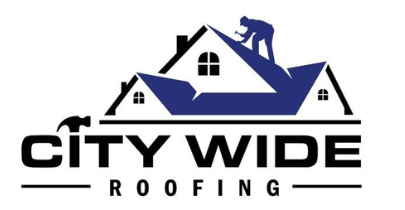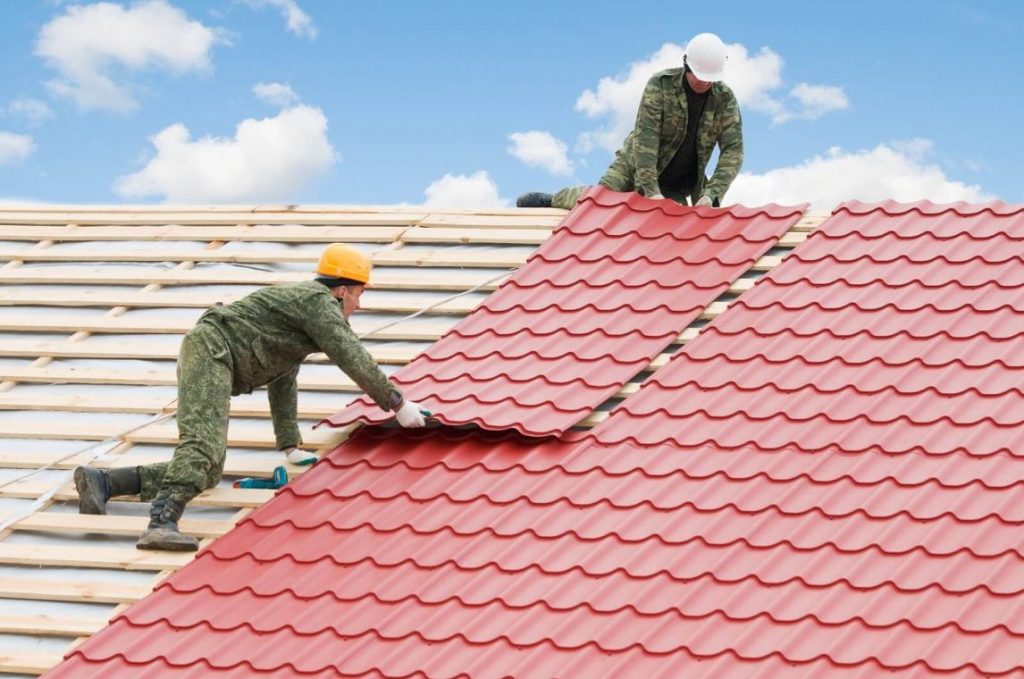Roofing is an integral part of any building, providing shelter and protection from the elements. However, traditional roofing materials can absorb a significant amount of heat, leading to increased energy usage and higher cooling costs.
This has led to the development of ‘cool roofing‘ materials, which are designed to reflect more sunlight and heat than traditional materials. Cool roofing has become increasingly popular in recent years due to its energy-saving benefits and environmental friendliness.
These materials come in a variety of forms, including reflective coatings and single-ply membranes. But with so many options available, it can be difficult to determine which material is the most effective for cool roofing.
In this article, we will explore some common materials used for cool roofing and compare their effectiveness in reducing energy consumption and lowering cooling costs.
Reflective Coatings as a Material for Cool Roofing
Reflective coatings are a highly effective material for cool roofing due to their ability to reflect sunlight and reduce heat absorption. These coatings are made of reflective pigments or materials that have high solar reflectance and thermal emittance, which means they can reflect up to 90% of the sun’s rays away from the building. This reduces the amount of energy absorbed by the roof, keeping it cooler and reducing the amount of heat transferred into the building.
The most common types of reflective coatings used in cool roofing are acrylic, silicone, polyurethane, and asphalt emulsion. Acrylic coatings are widely used because they have good durability, weather resistance, and UV protection. Silicone coatings offer excellent water resistance and can withstand extreme temperatures without cracking or peeling. Polyurethane coatings provide superior adhesion to different substrates and offer excellent chemical resistance. Asphalt emulsion is a low-cost option that provides good waterproofing properties but has lower reflectivity than other options.
Overall, reflective coatings offer an affordable solution for cooling rooftops while also providing additional benefits such as prolonging roof life and reducing energy costs.
Single-Ply Membranes for Cool Roofing
Single-ply membranes have become a popular choice for achieving cool roofing due to their ability to reflect sunlight and reduce heat absorption. These materials consist of a single layer of roofing material that is typically made from PVC, TPO, or EPDM. The reflective properties of these materials come from the use of light-colored pigments or coatings that increase solar reflectance and decrease thermal emittance.
While single-ply membranes offer many advantages for cool roofing, some argue that their durability and longevity are not as effective as other materials. This is because they are often thinner than other roofing options and may be more susceptible to punctures and tears over time.
However, advancements in technology have led to the development of thicker, more durable single-ply membranes that can withstand harsh weather conditions while still providing high levels of solar reflectance and thermal emittance. As such, these materials continue to gain popularity among builders and homeowners seeking energy-efficient solutions for their roofs.
Comparing the Effectiveness of Cool Roofing Materials
Comparing the effectiveness of different roofing materials for reducing heat absorption and increasing solar reflectance is a crucial step in choosing the best cool roofing option for a specific building or location. Some of the most common materials used for cool roofing include single-ply membranes, metal roofs, asphalt shingles, and clay or concrete tiles. Each material has its own advantages and disadvantages in terms of cost, durability, insulation value, and reflectivity.
When comparing these materials for their ability to reduce heat absorption and increase solar reflectance, it is important to consider factors such as emissivity, albedo, SRI (Solar Reflective Index), R-value (thermal resistance), and weatherability. For example:
– Single-ply membranes typically have high reflectivity but low emissivity levels.
– Metal roofs have high reflectivity and can be made with high emissivity coatings that increase their cooling efficiency.
– Asphalt shingles have lower initial costs but lower solar reflection than other options.
– Clay or concrete tiles can provide good thermal mass but may not be as effective at reflecting sunlight.
Overall, the effectiveness of each material will depend on various factors such as climate conditions, building orientation/location, slope/pitch of the roof surface etc. Therefore it is important to assess individual needs before deciding which material will work best.


